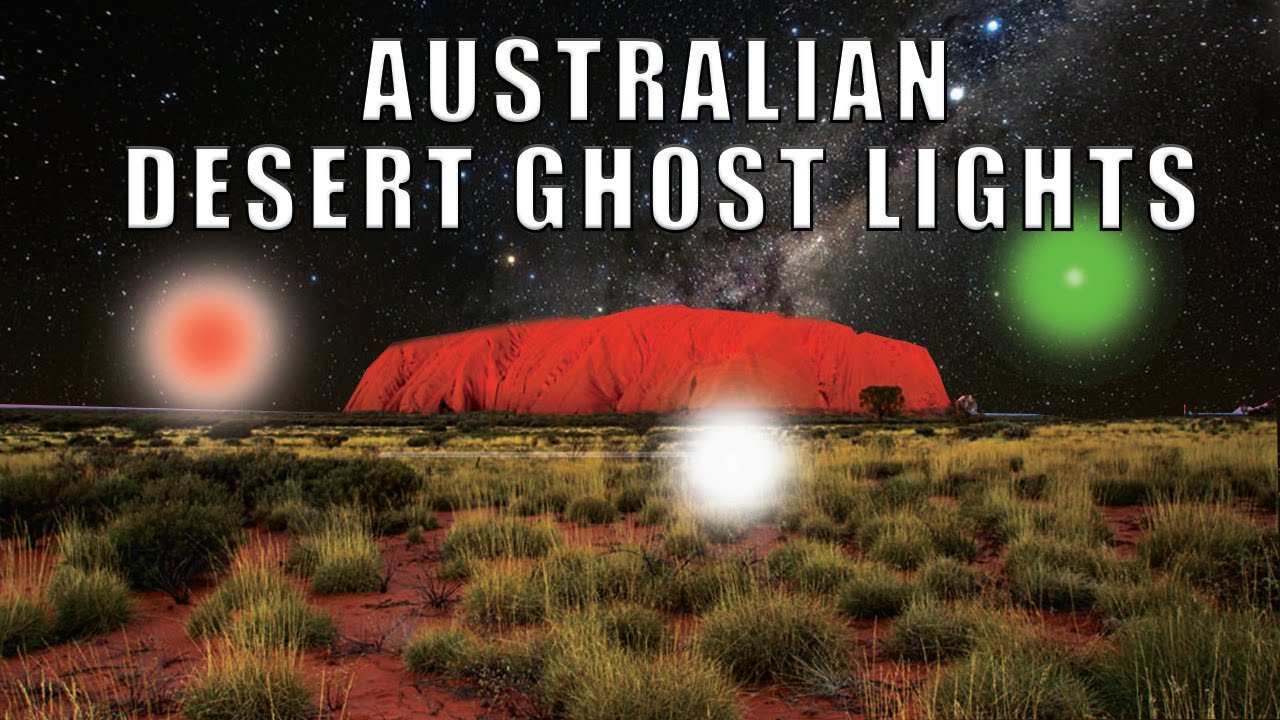
when Horror Yearbook – The Min Min Lights have haunted Australia’s vast desert for more than a century. Travelers report glowing orbs dancing silently across the horizon. These lights appear mostly near Boulia, Queensland, but sightings spread across the outback. They move quickly, follow cars, or vanish when approached. Some describe the lights as playful, others as chilling. Legends say the lights stalk wanderers through darkness without making a sound. Indigenous communities pass down stories about these orbs as part of sacred lore. Science has tried to explain the lights, but no theory fits every case.
Locals and visitors alike describe strange feelings during encounters with the lights. Some feel watched, others say the lights “chose” them. The orbs glow white, yellow, or green, shifting shape and speed. People have followed the lights and ended up lost or disoriented. In some stories, the lights hovered just beyond reach, like they were teasing. Other times they shot across the sky, faster than headlights. Truck drivers speak of lights chasing them across open roads. Families camping under the stars recall flickering glows moving silently between trees.
“Read about: The Legend of Tengu: Guardians of the Forest and Mountain Spirits”
For many Aboriginal Australians, the lights are not just stories—they’re warnings. Elders teach that following the lights invites danger. The Min Min Lights are believed to be spirits of the dead or ancestors. Some say they are souls trapped between worlds, wandering the land. Others believe they guard sacred spaces and should be respected. Indigenous oral histories describe how lights appear after someone passes away. The lights may guide or punish, depending on the person’s heart. Communities still share these stories as part of spiritual learning. The lights remind people to honor the land and its unseen forces.
Some scientists believe the lights are caused by natural gas emissions. Others suggest bioluminescent insects or birds flying in patterns. One theory links the lights to mirages or refracted headlights. Some researchers think they are like “will-o’-the-wisps” seen in other parts of the world. Despite these ideas, many reports don’t match the science. People have seen the lights on cold, dry nights with no vehicles nearby. Others swear they felt heat or static when the lights appeared. The phenomenon has resisted firm explanation, which adds to its mystique.
“Read more: Creative DIY Home Decor: Personal Touches on a Budget”
The Min Min Lights have appeared in Australian books, films, and songs. Artists use the image of a glowing orb to represent mystery or loss. Horror movies borrow the legend to add suspense and fear. Travel shows highlight the lights as part of outback culture. Podcasts explore witness stories and folklore behind the phenomenon. Even school lessons now include Min Min stories as part of Indigenous learning. Boulia embraces the legend with festivals, signs, and tourist tours. The lights have become part of the region’s identity and economy.
Each year, visitors head to Boulia hoping to see the lights for themselves. Some take guided night drives into the desert. Others go alone, searching for signs in the darkness. Paranormal investigators bring cameras and sensors, chasing a glimpse of the unexplained. Some travelers claim the lights changed their view of life and death. They describe the experience as humbling or otherworldly. No photo or video has captured the lights clearly. But stories and sightings continue, fueling interest year after year.
The Min Min Lights drift beyond mere glowing orbs, blurring the line between natural wonder and deep-rooted mystery. They carry the weight of questions science still struggles to answer, and the power to stir unease or reverence in those who witness them. Their presence ties the vast desert to unseen forces, blending folklore with the real, felt experiences of travelers and locals. The lights flicker through Australia’s collective memory, unpredictable and ever-elusive, refusing to fade into just another tale. For some, they whisper that not everything in the world needs explaining. For others, they mark sacred boundaries, cautioning those who roam too far off known paths. Whether seen as spirits, science, or something in between, the Min Min Lights continue to glow—quietly commanding awe in the outback night.
Despite drones, satellites, and sensors, the Min Min Lights remain unsolved. People still share new sightings on forums and in roadside cafés. Some return to the desert again and again, chasing the same flicker they saw once. Others believe the lights appear only to those meant to see them. As the sun sets over Boulia’s red earth, the mystery glows on. The Min Min Lights refuse to fade into myth. They remain alive in the land, the sky, and the stories passed between generations.